
McLaren Artura Debuts: McLaren’s Future Is Electrified
- Feb 17, 2021
- Views : 4116


Ever since man started manipulating energy for motion, the idea of the perpetual motion machine has seduced many scientists and inventors. The viral video making rounds on social media that has a windmill-like structure on top of a poor Nexon EV is probably the creation of one such ambitious inventor. While it has a valid theoretical concept (wind energy), is the idea really sound? Or beneficial?
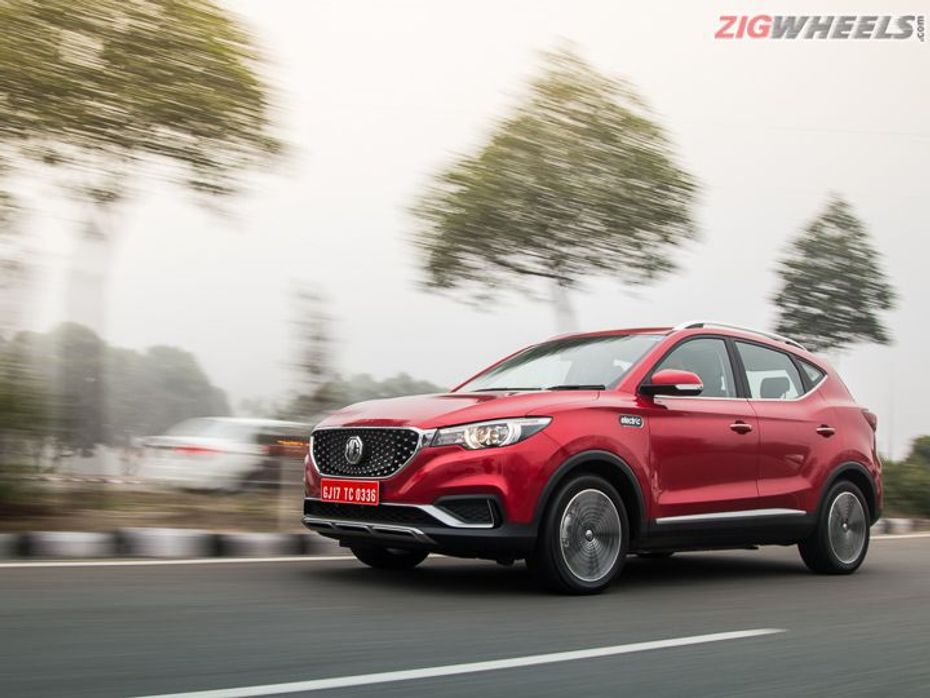
Charging the batteries of a car by using the very motion of it is not new. It is used in most modern cars to generate electricity when braking. But that only kicks in while the vehicle is in retardation. Coming back to the windmill, the creator here undoubtedly wanted to tap into something more potent. Charge your car by driving your car! Sounds too good to be true, doesn't it?
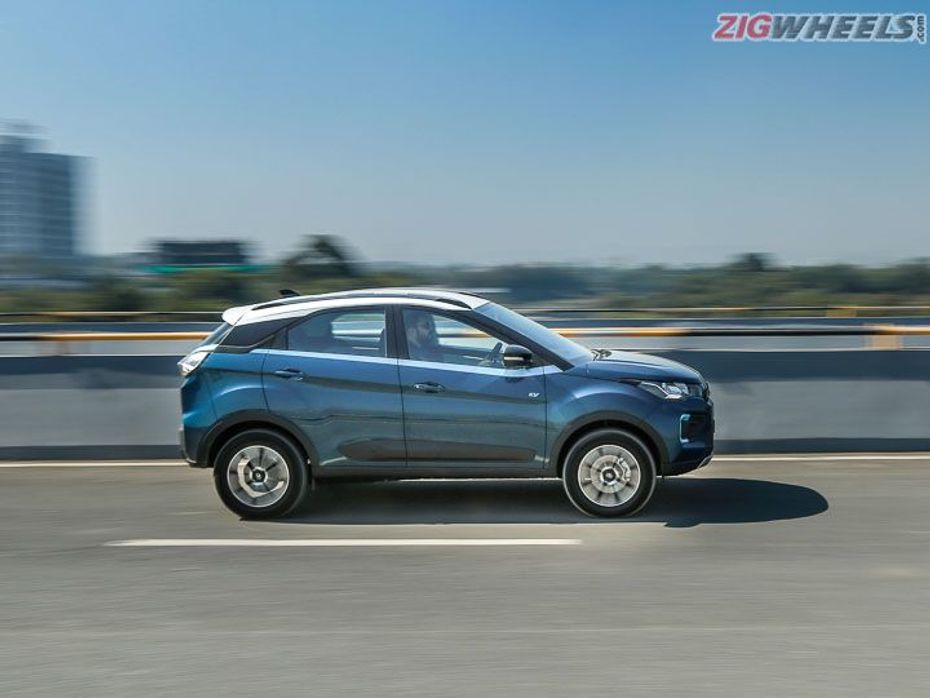
First, let us understand the key challenge of developing such a system. The foremost thought you may have is aerodynamics, and you are right! A car moving through air has to displace the air to take its place. And this phenomenon is called ‘drag’ or wind resistance. Cars are designed to cut through the air as efficiently as possible, which helps them consume less energy to remain in motion. Hence, placing any object on top of a car (that disrupts the airflow) will cause additional wind resistance, causing the car to consume more energy to just maintain speed, let alone accelerate. Therefore, with an EV, a solution where you add drag or wind resistance to the vehicle is simply not viable. The little energy the system will create might not even supplement the energy lost with additional drag. There is a reason why the windmills are gigantic in size, right?
In the viral video, the large wind turbine on top of the Nexon EV has probably given the SUV a lot more wind resistance than the energy it’s making to charge the batteries. Not to mention a possible migraine to Pratap Bose -- blame it on the shoddy execution. As a result, the batteries will end up depleting at a much higher rate than they would have had the device not been there at all. In our real-world range test, the Nexon EV in the city generated an efficiency of 9.35km/kWh, which would result in a range of 282.37km on a single full charge.
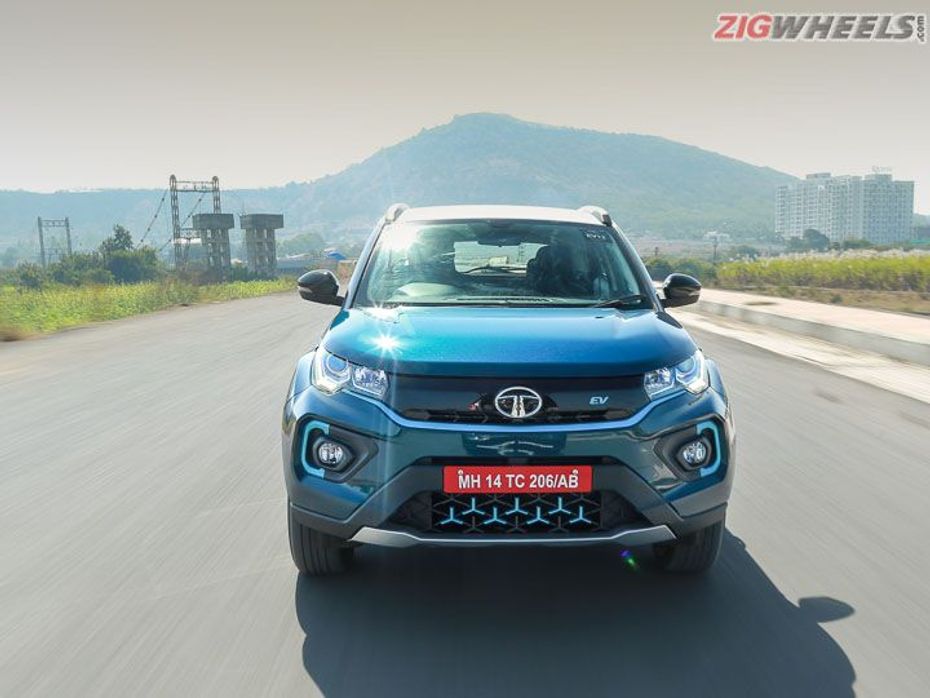
Secondly, installing such a set-up on a vehicle affects its structural integrity and dynamic balance, which may, in turn, impact the occupants’ safety. Also, the safety of others on the road also needs to be considered, considering a failure of this device could seriously hurt them too. So, the whole concept, despite having grabbed eyeballs and garnered all the adulation on social media, gets a thumbs down from us.
There must be a way...
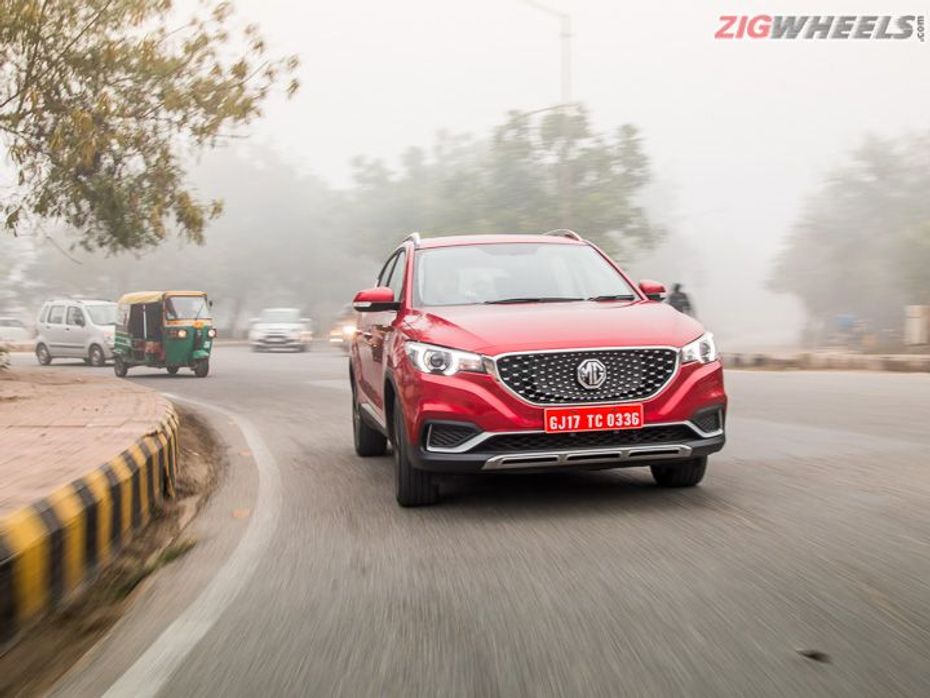
Yes, tapping into the wasted energy in the turbulence that vehicles create is tempting, and there have been scientific attempts in this direction. For such a device to be successful, the design needs to produce no, or minimal resistance at best. Only then can the energy thus recovered would benefit the range. There are two ways this can be done. Theoretically, of course...
1. In a paper presented at the World Renewable Energy Congress 2011, titled ‘Electric Vehicle with Charging Facility in Motion using Wind Energy’, the authors created a 3D rendering of a device with two turbines placed at the rear end of a vehicle. By placing it there, the additional drag being created by the system can be reduced significantly.
Any limitation? Yes. When a car is in motion, the air flows around it. As air doesn't fold along the vehicle’s rear corners (and converges to meet a little ahead), there is a low-pressure zone created near the boot. Placing a device there would be impractical as there would be no air to drive the blades. This would require a significant aerodynamic change to the design of a car, where the air is actually redirected to the rear to run the device. In the paper itself, the authors have concluded that there would be some additional drag to run this device, however, it may ‘capture some energy’ to benefit the range.
2. Compact placement of multiple small turbines in aerodynamic packaging over and under the car. In the US Patent - US20110031043A1, titled ‘Self-charging electrical car with wind energy recovery system’, the devices housed multiple small turbine fans in a box (which can be placed over or under a car). This will leave an opening at the front and back of the box to let the air in and out. The air velocity can be increased by using small venturis, which will help the fans rotate at a higher rpm. While this solution does look viable, there will be an additional drag component, not to mention the weight of the system and the losses within each fan. This means that the energy recovered would be little to become a real-world solution.
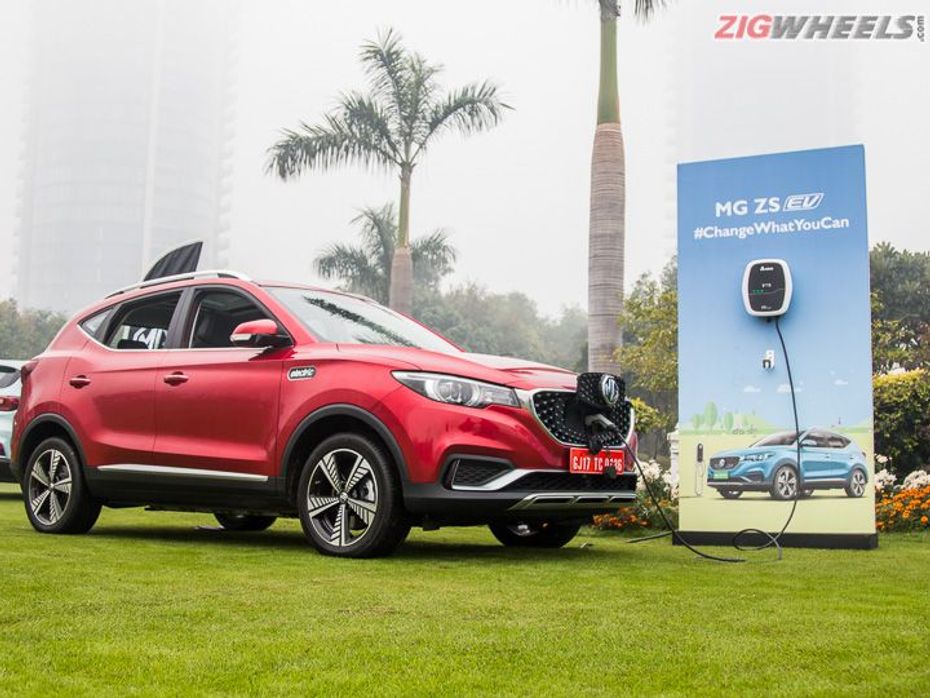
Both these solutions are theoretical, and their real-world applications debatable. These, along with the wind turbine Nexon EV show us that such a solution is tricky to ideate and trickier to create. But don't let that stop you from dreaming up a crazy idea. And once you do, make sure you think it through before strapping it to the roof of your car.

McLaren Artura Debuts: McLaren’s Future Is Electrified

Here Is The List Of All Tata Cars Likely To Be Launched In 2025

Auto Expo 2025: Tata Sierra ICE Concept Breaks Cover, All Details...

2025 Tata Nexon Introduced With 3 New Variants And 2 New Colours

Tata Reveals Sierra ICE Concept For The First Time At Bharat Mobility...

Here Is Close-up Look At New Tata Avinya X Concept Unveiled At Auto...

Tata Sierra: All Things You Would Want To Know About The Iconic Tata...

Auto Expo 2025: Tata Sierra Vs Safari - We Compare Their Design In...

The Old OG vs The New Icon! We Compare The Tata Sierra In Its Two...
India's largest automotive community
 Here Is A List Of SUVs Coming To The Indian Market In 2025
Here Is A List Of SUVs Coming To The Indian Market In 2025
 Check Out The List Of The Top 5 SUVs Showcased At The Auto Expo 2025
Check Out The List Of The Top 5 SUVs Showcased At The Auto Expo 2025
 Auto Expo 2025: Toyota Hilux Black Edition Explained In 10 Images
Auto Expo 2025: Toyota Hilux Black Edition Explained In 10 Images
 India’s Most Affordable Car, The Vayve Eva Is Priced From Rs 3.25 Lakh! Here Is A Look At All Of Its Variants!
India’s Most Affordable Car, The Vayve Eva Is Priced From Rs 3.25 Lakh! Here Is A Look At All Of Its Variants!
 Vayve Mobility Eva
Rs. 3.25 Lakh
Vayve Mobility Eva
Rs. 3.25 Lakh
 BMW X3
Rs. 75.80 Lakh
BMW X3
Rs. 75.80 Lakh
 Hyundai Creta Electric
Rs. 17.99 Lakh
Hyundai Creta Electric
Rs. 17.99 Lakh
 Lotus Emira
Rs. 3.22 Crore
Lotus Emira
Rs. 3.22 Crore
 Lotus Emeya
Rs. 2.33 Crore
Lotus Emeya
Rs. 2.33 Crore